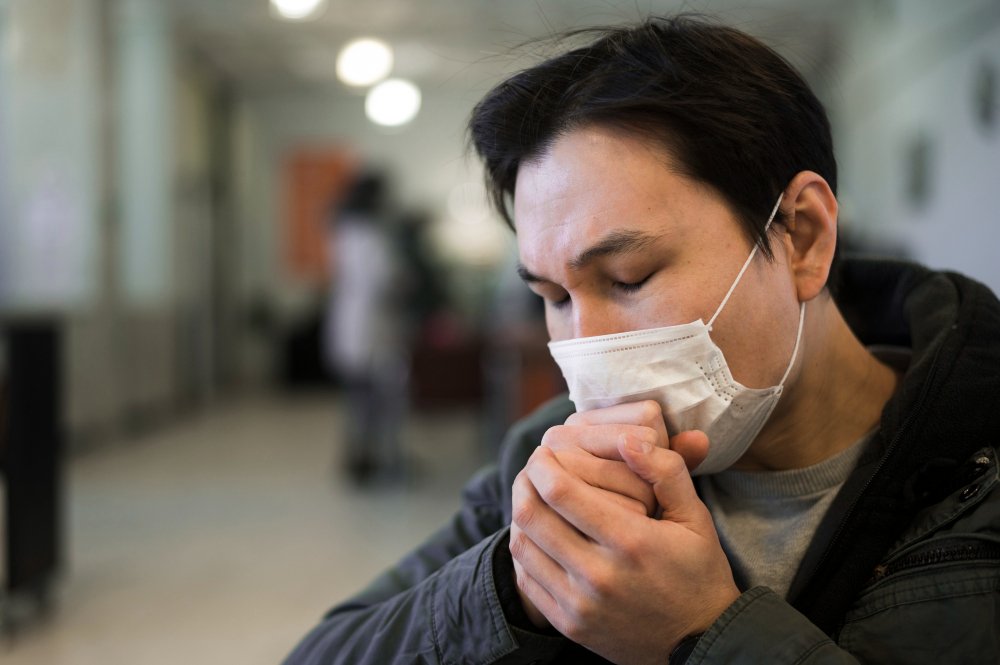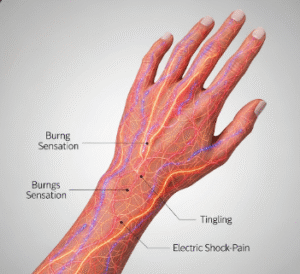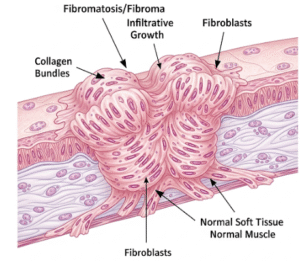Overview
Anthrax is a rare but serious infectious disease caused by the bacterium Bacillus anthracis. It primarily affects animals but can also infect humans through direct or indirect contact with infected animals or contaminated products. Anthrax can occur in different forms—cutaneous, inhalation, gastrointestinal, or injection—and each form varies in severity and treatment approach.
What is Anthrax?
Anthrax is a bacterial disease that occurs when Bacillus anthracis spores enter the body through the skin, lungs, digestive system, or bloodstream. The spores can lie dormant in the environment for decades, becoming active when they enter a host. While anthrax is not contagious from person to person, it is considered a bioterrorism threat due to its high lethality if inhaled.
There are four types of anthrax:
- Cutaneous Anthrax – the most common and least dangerous form, affecting the skin.
- Inhalation Anthrax – the most deadly form, affecting the lungs.
- Gastrointestinal Anthrax – caused by consuming contaminated meat.
- Injection Anthrax – seen in people who inject illicit drugs.
Symptoms
Symptoms depend on the route of infection:
Cutaneous Anthrax:
- Itchy bump or blister that becomes a painless ulcer with a black center
- Swelling around the sore
- Fever and chills
Inhalation Anthrax:
- Flu-like symptoms (sore throat, mild fever, fatigue)
- Severe breathing difficulty
- Chest pain
- Shock
Gastrointestinal Anthrax:
- Nausea and vomiting (sometimes with blood)
- Abdominal pain
- Severe diarrhea
- Sore throat and difficulty swallowing
Injection Anthrax:
- Redness and swelling at the injection site
- Shock, multiple organ failure in severe cases
Causes
Anthrax is caused by infection with Bacillus anthracis spores, which can be transmitted through:
- Direct contact with infected animals or their products (hides, wool, meat)
- Inhalation of spores from contaminated animal products
- Ingestion of undercooked meat from infected animals
- Injection of contaminated illicit drugs
Risk Factors
- Working with livestock or animal hides (farmers, veterinarians, butchers)
- Laboratory workers handling Bacillus anthracis
- People living in or traveling to regions with endemic anthrax
- Exposure to anthrax-contaminated heroin or injection drugs
- Occupational exposure in wool, meat, or hide processing
Complications
- Severe septicemia (blood infection)
- Meningitis (inflammation of the brain lining)
- Respiratory failure (in inhalation anthrax)
- Organ failure and death (especially in untreated inhalation or GI anthrax)
Prevention
- Vaccination for high-risk individuals (military personnel, lab workers, animal handlers)
- Proper handling and disposal of animal carcasses
- Avoid consumption of raw or undercooked meat in endemic regions
- Use protective equipment when dealing with potentially infected materials
- Strict biosafety protocols in labs and industries handling animal products
Treatment Options in Korea
South Korea maintains a high level of preparedness for infectious diseases, including anthrax, particularly due to bioterrorism concerns. Early diagnosis and rapid intervention are key.
1. Medical Diagnosis
- Blood cultures and skin lesion samples to identify Bacillus anthracis
- Chest X-rays or CT scans for suspected inhalation anthrax
- PCR and immunohistochemistry tests for confirmation
2. Antibiotic Therapy
- Ciprofloxacin or doxycycline is the standard first-line treatment
- May be combined with other antibiotics like clindamycin or rifampin in severe cases
- Typically continued for 60 days for inhalation anthrax due to spore persistence
3. Antitoxins
- Korea uses monoclonal antibody-based therapies (e.g., raxibacumab) to neutralize anthrax toxins
- Especially critical in severe systemic anthrax or bioterror incidents
4. Supportive Care
- Hospitalization for severe cases
- Mechanical ventilation for respiratory distress
- IV fluids and medications for shock or organ support
5. Vaccination
- Anthrax vaccine (AVA) is available for military and high-risk professionals in Korea
- Not routinely recommended for the general public













